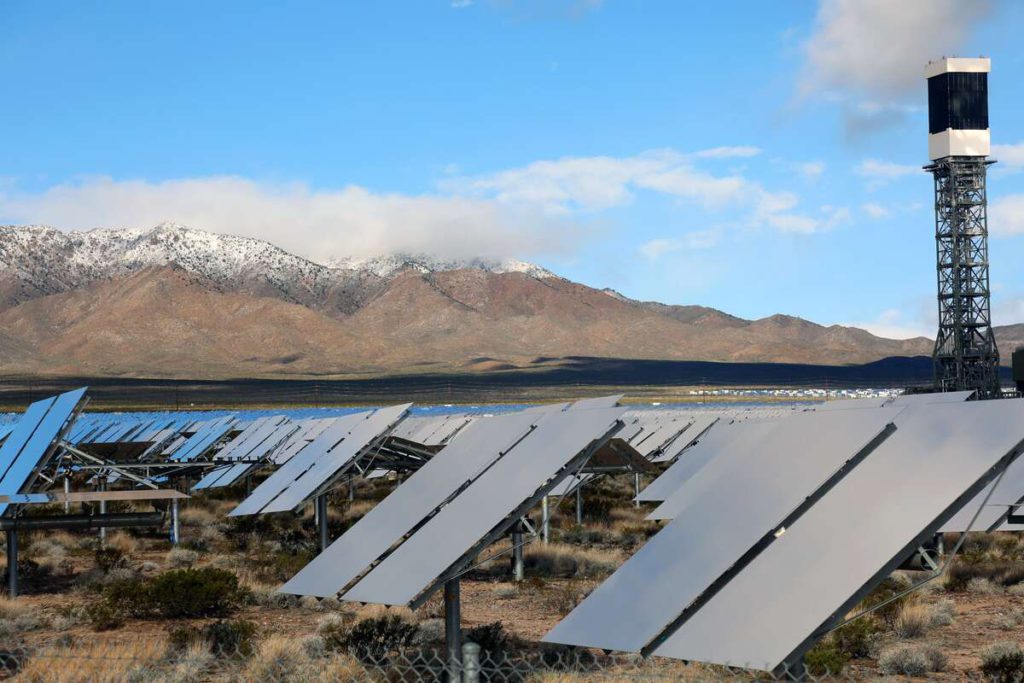A solar inverter or PV inverter, is a type of electrical converter which converts the variable direct current (DC) output of a photovoltaic (PV) photovoltaic panel into a utility frequency alternating current (AC) that can be fed into a commercial electrical grid or used by a local, off-grid electrical network. The main purpose of a solar inverter is to change the DC electricity streaming from your solar panels into useful AC power that your house appliances use.

It is a critical balance of system (BOS)– component in a photovoltaic system, allowing the use of ordinary AC-powered equipment. Solar power inverters have special features adjusted for use with photovoltaic or pv arrays, including maximum power point tracking and anti-islanding protection.
Just how solar inverters operate in a PV system
When the sun shines on your solar photo-voltaic (PV) system, electrons within the solar cells start to move, which produces direct current (DC) energy. String and central inverters featured different advantages and disadvantages, yet string inverters are much more serviceable when a failure unavoidably takes place. In a solar PV system with a string inverter, each panel is wired with each other right into a string, and multiple strings (normally up to three) can be connected to your central inverter.
The post What Does a Solar Inverter Do? appeared first on Nevada Solar Group.
source https://nevadasolargroup.com/solar-inverter/?utm_source=rss&utm_medium=rss&utm_campaign=solar-inverter

No comments:
Post a Comment